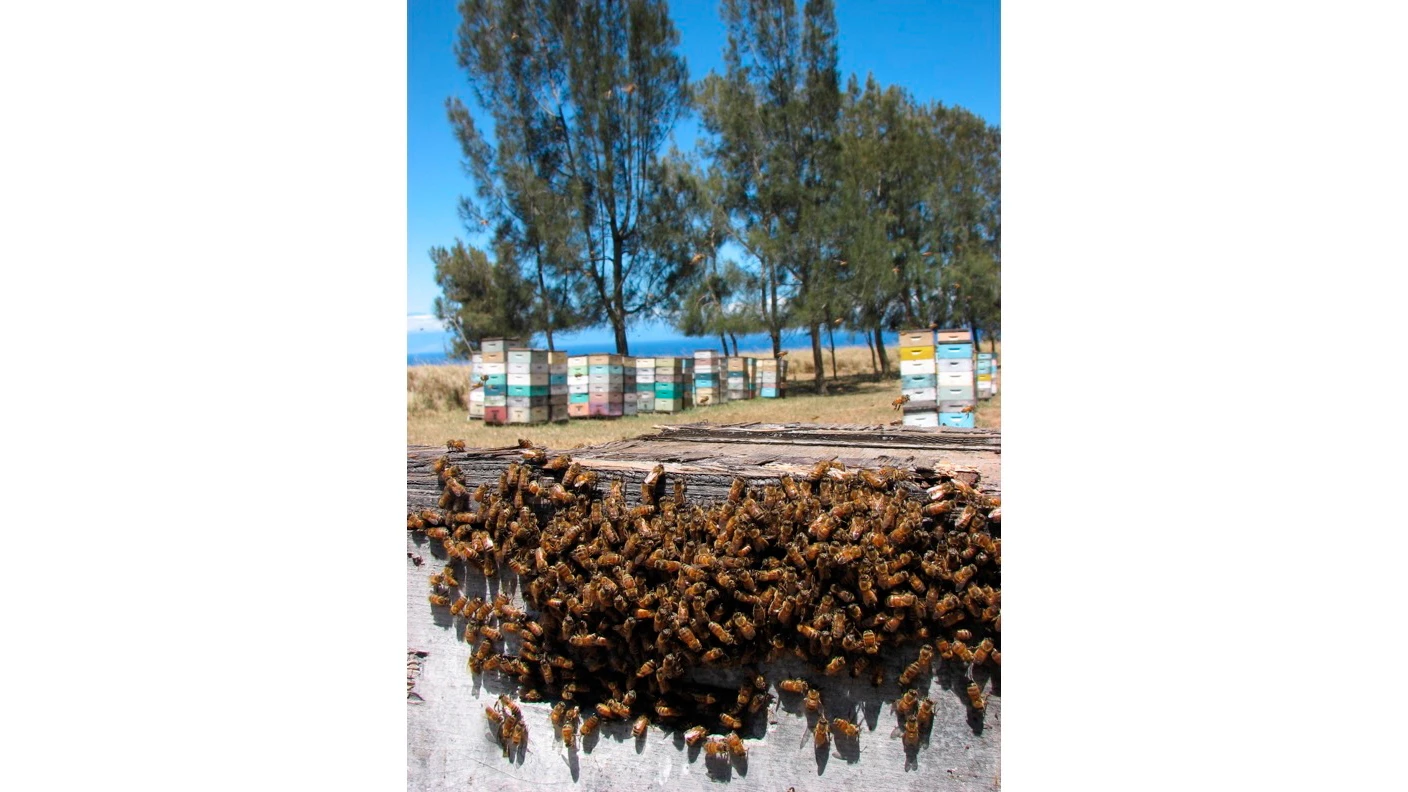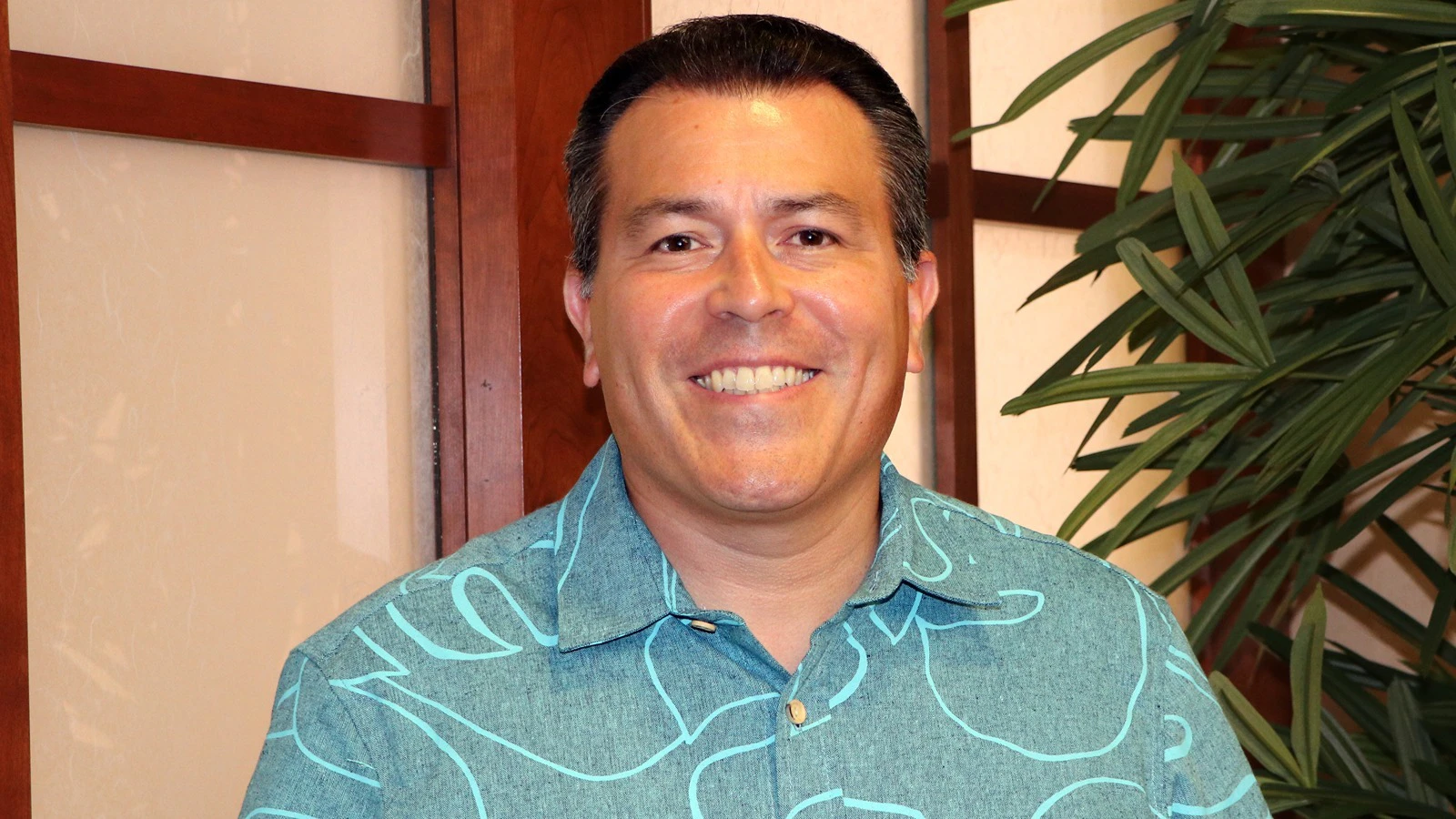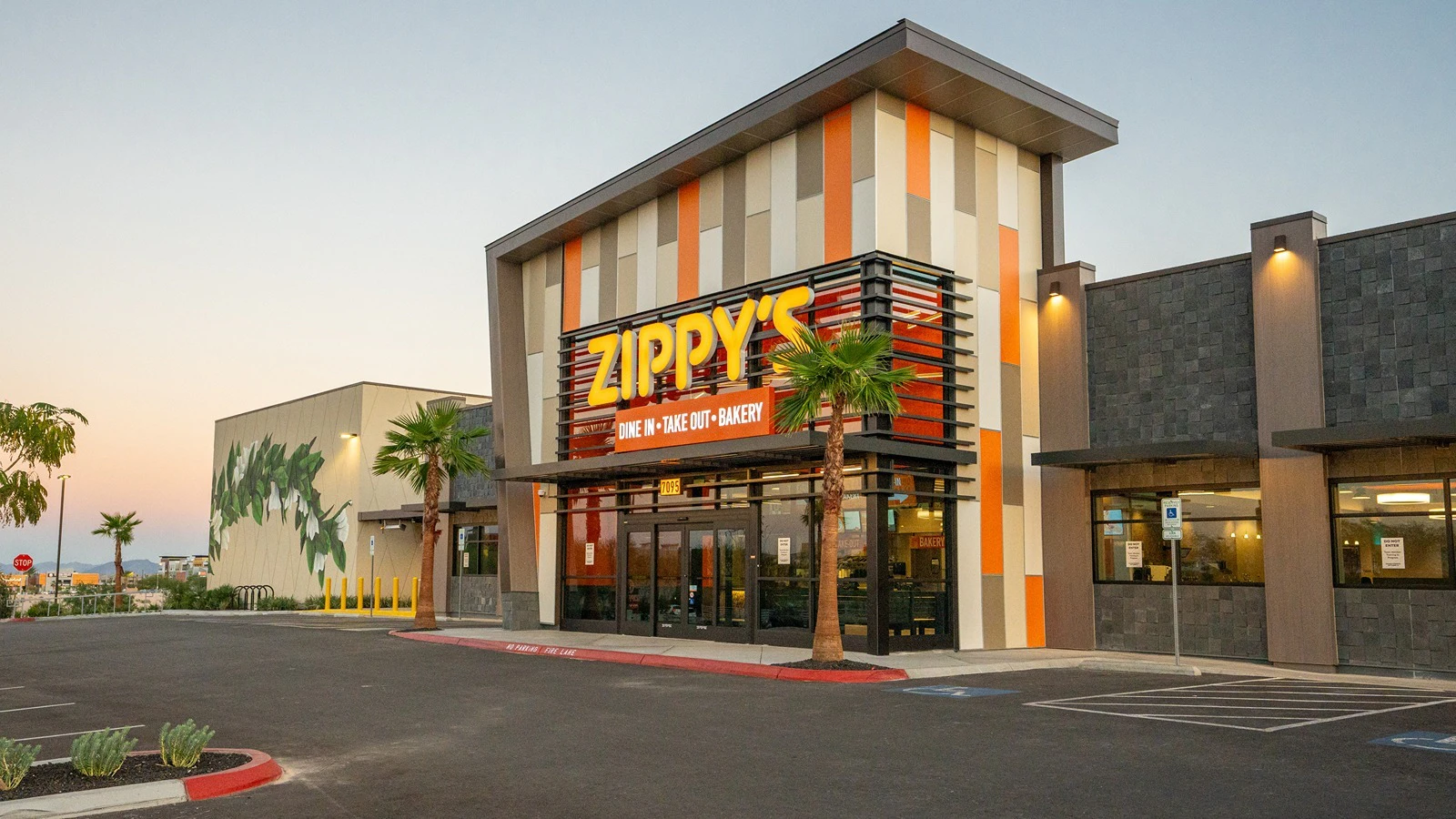If you do the math, with about 30,000 bees in each of its 2,000 hives, there are nearly 60 million bees at work for Big Island Bees. But Whendi Grad is the Queen Bee.
Grad and husband Garnett Puett, a fourth-generation beekeeper and artist, own Big Island Bees, which has a retail store and museum in Captain Cook on Hawai‘i Island, in addition to the hives that are rotated seasonally.
It offers single-floral raw and organic honey, but its retail shop also sells local products, most of which Grad says is made using honey and beeswax from Big Island Bees. Its products can also be found on the Big Island Bees website.

While business was largely wholesale, Grad said the company is growing its retail segment.
“Now it’s almost 50-50, but before it was almost entirely wholesale,” she recently told Aloha State Daily.
According to Grad, Big Island Bees sells to smaller farms and farm stands, as well as to retailers like Safeway, KTA Super Stores, Foodland Super Market, Whole Foods, health food stores, small boutiques and other restaurants and shops, among others.
It’s just one of several bee-related businesses located on Hawaiʻi Island and across the state. And it's one of the dozens of businesses included on the Made in Hawaiʻi site, a free portal created by the state Department of Business, Economic Development and Tourism that offers a directory of local retailers, restaurants, farmers and manufacturers, “so shoppers know exactly where to look to find products that are made in Hawaiʻi.”
Big Island Bees got its start in 2004, but the company's roots on the island go back much further.
Grad told ASD that Puettʻs family has been keeping bees in Hawaiʻi since early 1970s.
According to the company’s website, Puett’s stepfather, Jim Powers, was one of the largest producers of honey in the U.S. and “decided the Island of Hawai‘i was perfect for making honey and starting his eighth and last honey operation.”
Grad, though, says she had nothing to do with it for a long time. When they met, she says Puett, had “kind of left the business and gone on.”
The couple had moved to New York together, but Grad says Puett, a sculptor, eventually got the call to come back and take over the family business.
“We came back with the idea of just being here part-time, and that doesn’t work when you’re running a farm.”
Puett took over the Hawaiʻi operation in 1987.
But global developments that included cheap and adulterated honey, global warming and the spread of parasitic mites combined "to crush honey prices and threaten our bees," the website says. "We had to rethink the business model."
And in 2004, Grad began selling honey at local farmers markets under the Big Island Bees moniker, the website notes. According to Grad, honey that the family had been producing was largely shipped to packers on the Mainland.
Grad says Big Island Bees now has a crew of about six that does the beekeeping and extracting, four people in the packing room, three in wholesale and four working in the store and tours.
For Big Island Bees, the focus is the honey.
Grad says it’s unique to be able to raise bees without having to feed them, but Hawaiʻi offers a “year-round fresh bloom.”
“What we do is we always follow the bloom,” Grad told ASD. “The bees are constantly given fresh flowers, which is possible in Hawaii and it’s not possible in most places in the world. So it makes it unique here. You follow the bloom. The bees feed on fresh nectar all year round and that’s the only thing you’ll find in the honey. You don’t have to feed the bees anything if you are careful about how you locate the bees.”
Being able to offer a "single varietal honey," also is unique in Hawaii, she said when asked what makes Big Island Beesʻ honey special.
“In other words, when we have the lehua honey, it’s pretty much pure lehua honey. Or pure Christmas berry, pure macadamia, because that nectar is so plentiful when it's in bloom that the bees go to that flower again and again and again," she explained. "They don’t need to wander off to other plants where you get a mixed bloom. You’ll get almost a pure, one single flower kind of honey. There might be a very little of something else, but the bees have that natural, they call it flower fidelity, where they like to go to the same flower over and over again. ... So that makes it unique. And that we can get organic certification because we’re not around big industries or industrial farms.”
More information about Big Island Bees can be found online at bigislandbees.com.
Stephanie Salmons can be reached at stephanie@alohastatedaily.com.





